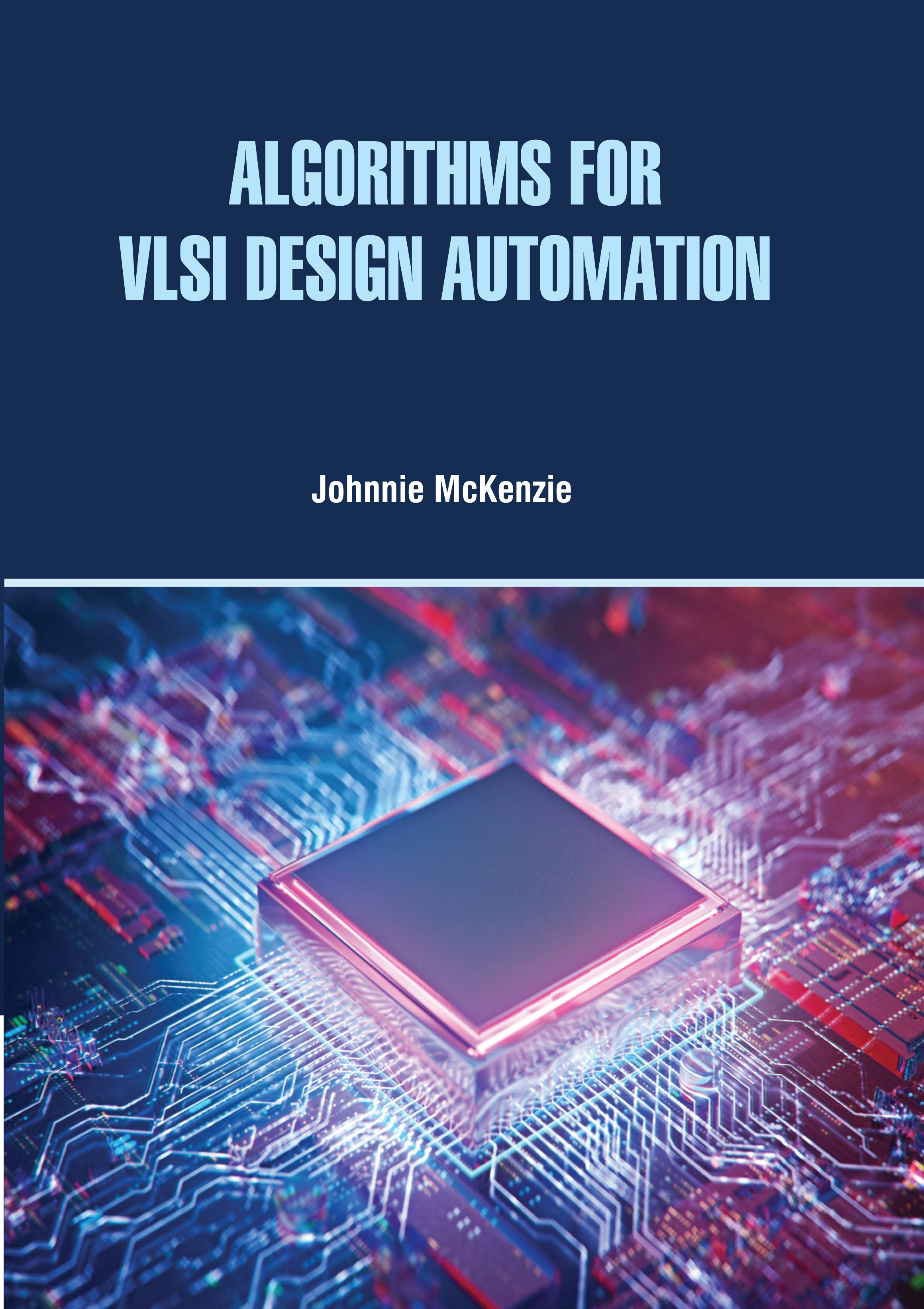
Algorithms for Vlsi Design Automation
by Johnnie Mckenzie
| ISBN | 9789372422450 |
|---|---|
| Publisher | Digital Drive Learning |
| Copyright Year | 2026 |
| Price | $258.00 |

by Johnnie Mckenzie
| ISBN | 9789372422450 |
|---|---|
| Publisher | Digital Drive Learning |
| Copyright Year | 2026 |
| Price | $258.00 |
Algorithms are essential to the way computers process information. Many computer Programmes contain algorithms that specify the specific instructions a computer should perform (in a specific order) to carry out a specified task, such as calculating employees' paychecks or printing students' report cards. Thus, an algorithm can be considered to be any sequence of operations that can be simulated by a Turing complete system. In mathematics, computing, and related subjects, an algorithm is an effective method for solving a problem using a finite sequence of instructions. Algorithms are used for calculation, data processing, and many other fields. Each algorithm is a list of well-defined instructions for completing a task. Starting from an initial state, the instructions describe a computation that proceeds through a well-defined series of successive states, eventually terminating in a final ending state. The transition from one state to the next is not necessarily deterministic; some algorithms, known as randomized algorithms, incorporate randomness. A graph is a way of representing connections between places. Mathematically, a graph is a collection of nodes and edges. Nodes are locations that are connected together by the edges of the graph. Analytical design and analysis techniques are a prerequisite to reductions in design cycle time, design and production costs, and improved safety and environmental impact. This book focuses on the algorithms which are the building blocks of the design automation software which generates the layout of VLSI circuits.